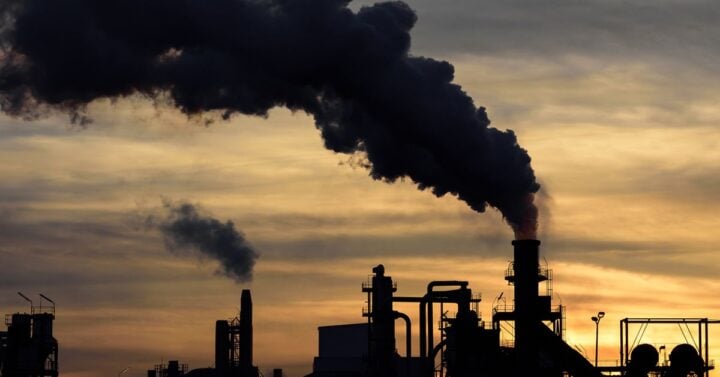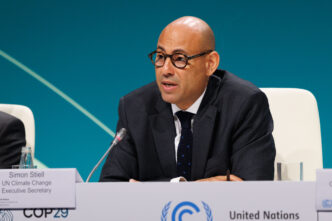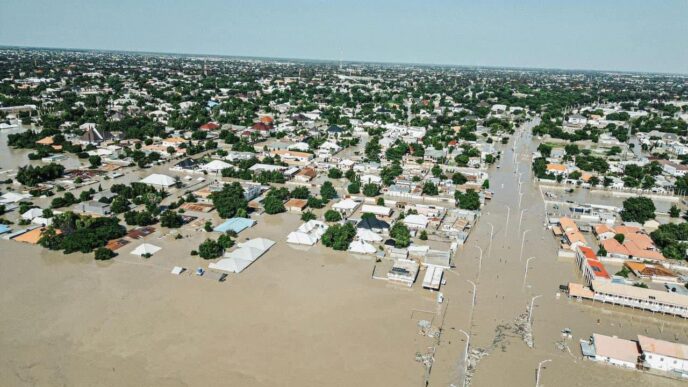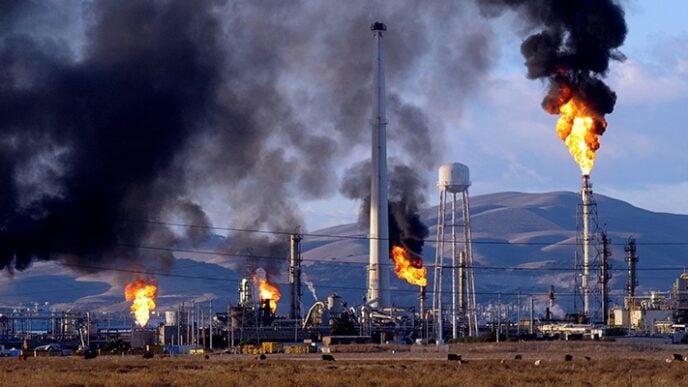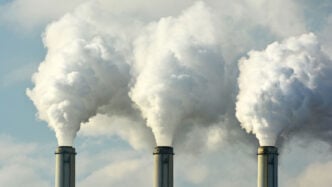The complexities of climate change and its associated jargon can prove difficult to digest.
TheCable’s quick climate facts will help demystify these concepts through easy-to-understand and straight-to-the-point explanations.
Here are some to keep at the tip of your fingers:
- According to World Bank satellite data, global gas flaring rose by 9 Bcm (7%) to 148 Bcm in 2023 — the highest since 2019 — reversing the modest decline seen in 2022.
- This surge released an estimated 23 million tonnes of CO₂, equivalent to adding roughly 5 million cars on the roads.
- Notably, the top nine flaring countries (Russia, Iran, Iraq, USA, Venezuela, Algeria, Libya, Nigeria, Mexico) accounted for 75 percent of total flaring, despite producing just 46 percent of global oil.
- A study found that natural gas delivers a climate advantage only if methane leak rates are below ~3.2 percent of total gas production. Beyond that, its lifetime warming potential can match or exceed that of coal.
- According to DNV GL’s forecast, global energy-related carbon (CO₂) emissions will reach their highest point in 2025, then gradually decline. But will remain far above net-zero levels by 2050.
- The organisation projected that global energy demand will peak by 2030, as gains in energy efficiency and widespread electrification are expected to halt further growth, leading to a decline in total demand thereafter.
Advertisement
